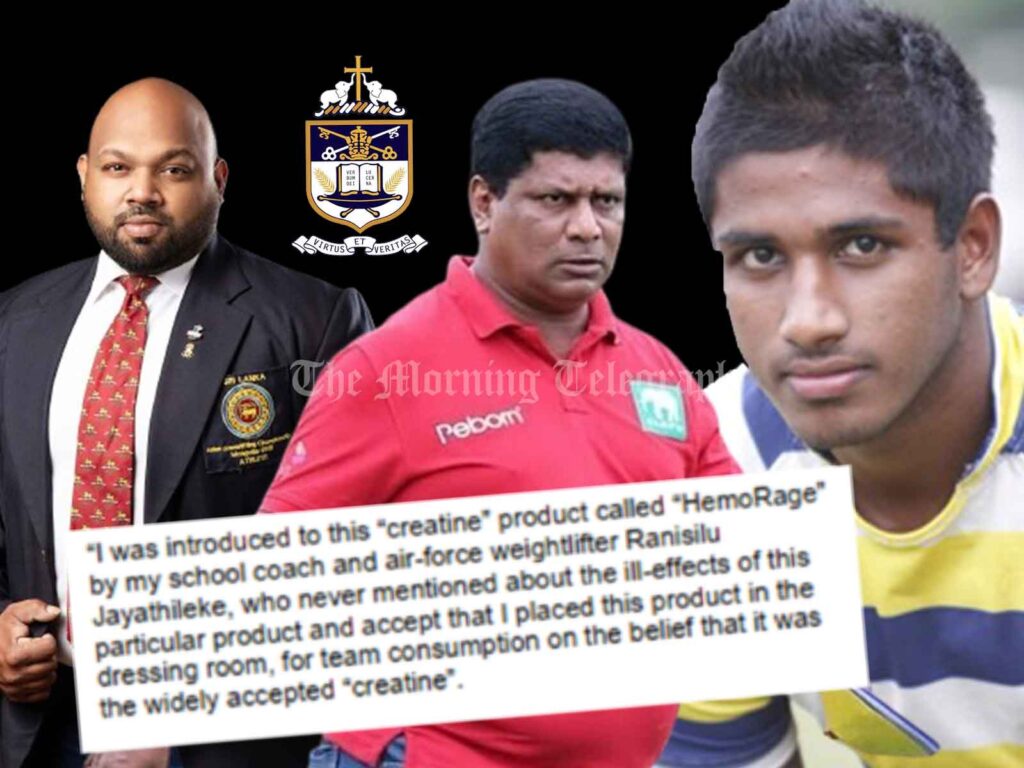
* Names of Culprits Unveiled as Buried Report Resurfaces After 14 Years
The latest buzz on social media is centered around the issue of doping among schoolboys, particularly as the rugby season wraps up. With the league season coming to a close, St. Peter’s College has once again secured their title as undisputed champions for another year, further fueling discussions on the matter of doping.
Even Dr. Shiromi De Alwis, the current Director General of the Anti-Doping Agency, recently released a video addressing how schools can request drug testing, the necessity of supplements for athletes, and the potential side effects of performance-enhancing drugs.
As this issue continues to gain attention, The Morning Telegraph decided to delve deeper into the origins of the current doping scandal through a comprehensive investigation.
Lo and behold – Look what we found!
Peterite Skipper of 2010 exposes Coach Martis and Trainer Jayathilake
After 14 long years of a report that had been shelved, The Morning Telegraph can expose one case, where the former Peterite skipper of the champion side of 2010 who after being found guilty of doping at the 2011 Asian 5 Nations tournament had confessed at an IRB conducted Judicial Committee hearing that his former school Coach Sanath Martis and Trainer Ransilu Jayatilleke had introduced him to a performance enhancing substance during the 2010 school season.
The report read – quote – “Gurusinghe explained his actions in the following terms in his witness statement: “I was introduced to this “creatine” product called “HemoRage” by my school coach and air-force weightlifter Ransilu Jayathilake, who never mentioned about the ill-effects of this particular product and accept that I placed this product in the dressing room, for team consumption on the belief that it was the widely accepted “creatine”. – unquote –
Funnily enough the Sunday Times even published a story on the 17th of July 2011 titled “There should be more understanding on enhancers” – Sanath Martis.
Coincidentally even 14 years later the current Head Coach and Trainer of the champion winning St.Peter’s side of 2024 is none other than Sanath Martis and Ransilu Jayathilke.
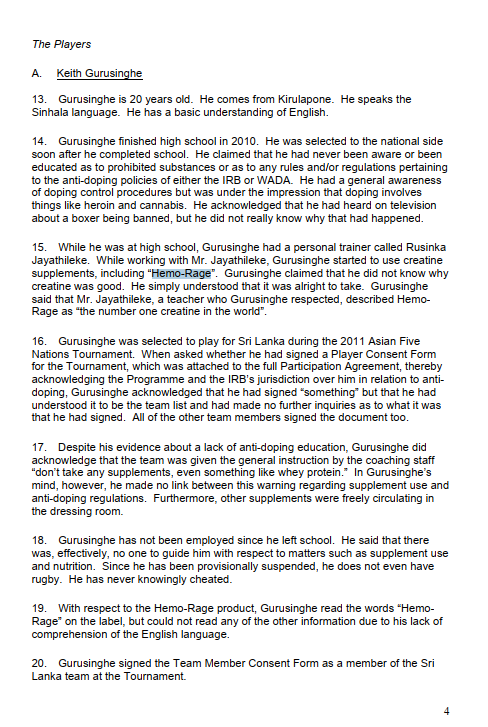
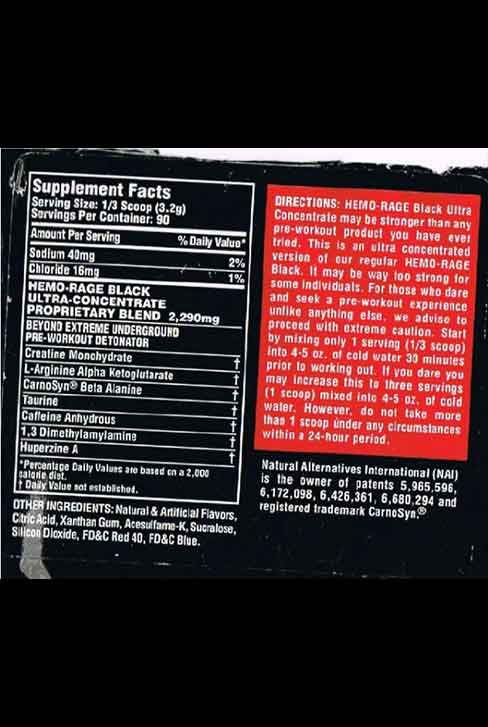
IRB Judicial Committee Report Findings
This IRB Judicial Committee hearing report dated 19th July 2011 and post hearing submission on the 1st August 2011 was sparked after three key Sri Lanka players namely Keith Gurusinghe , Saliya Kumara and Eranga Swarnathilake each tested positive for the Prohibited Substance Methylhexaneamine during the 2011 Asian 5 Nations tournament following In Competition testing conducted by the IRB after Sri Lanka’s Match against UAE on 23 April 2011.
Subsequently Keith Gurusinghe who went on to represent Sri Lanka almost immediately after leaving St.Peter’s College in 2010 had stated the following at the IRB Judicial Committee Hearing : – quote – (Sections 13 – 20) ” Gurusinghe is 20 years old. He comes from Kirulapone. He speaks the Sinhala language. He has a basic understanding of English. Gurusinghe finished high school in 2010. He was selected to the national side soon after he completed school. He claimed that he had never been aware or been educated as to prohibited substances or as to any rules and/or regulations pertaining to the anti-doping policies of either the IRB or WADA. He had a general awareness of doping control procedures but was under the impression that doping involves things like heroin and cannabis. He acknowledged that he had heard on television about a boxer being banned, but he did not really know why that had happened. While he was at high school, Gurusinghe had a personal trainer called Ransilu Jayathilake. While working with Mr. Jayathilake, Gurusinghe started to use creatine supplements, including “Hemo-Rage”. Gurusinghe claimed that he did not know why creatine was good. He simply understood that it was alright to take. Gurusinghe said that Mr. Jayathilake, a teacher who Gurusinghe respected, described Hemo Rage as “the number one creatine in the world”. Gurusinghe was selected to play for Sri Lanka during the 2011 Asian Five Nations Tournament. When asked whether he had signed a Player Consent Form for the Tournament, which was attached to the full Participation Agreement, thereby acknowledging the Programme and the IRB’s jurisdiction over him in relation to anti doping, Gurusinghe acknowledged that he had signed “something” but that he had understood it to be the team list and had made no further inquiries as to what it was that he had signed. All of the other team members signed the document too. Despite his evidence about a lack of anti-doping education, Gurusinghe did acknowledge that the team was given the general instruction by the coaching staff “don’t take any supplements, even something like whey protein.” In Gurusinghe’s mind, however, he made no link between this warning regarding supplement use and anti-doping regulations. Furthermore, other supplements were freely circulating in the dressing room. Gurusinghe has not been employed since he left school. He said that there was, effectively, no one to guide him with respect to matters such as supplement use and nutrition. Since he has been provisionally suspended, he does not even have rugby. He has never knowingly cheated. With respect to the Hemo-Rage product, Gurusinghe read the words “Hemo Rage” on the label, but could not read any of the other information due to his lack of comprehension of the English language. Gurusinghe signed the Team Member Consent Form as a member of the Sri Lanka team at the Tournament. -unquote-
The said IRB report further states under the section: “Circumstances Giving Rise to Anti-Doping Rule Violation”
-Quote – (Sections 31 – 43)” It is common ground that Gurusinghe brought a supply of Hemo-Rage, as well as a scoop, to the Sri Lanka dressing room prior to Sri Lanka’s matches against UAE on 23 April 2011 and against Hong Kong on 7 May 2011. Gurusinghe explained his actions in the following terms in his witness statement: “I was introduced to this “creatine” product called “HemoRage” by my school coach and air-force weightlifter Ransilu Jayathilake, who never mentioned about the ill-effects of this particular product and accept that I placed this product in the dressing room, for team consumption on the belief that it was the widely accepted “creatine”. Gurusinghe admitted consuming this product on both 23 April (when he was a replacement but did not play) and on 7 May (when he did play and was tested). Gurusinghe said that he put the Hemo-Rage on the dressing room table in front of team management. No one commented. The contents of the bottle were in powder form. On each occasion that he used the product, Gurusinghe took a scoop of the powder, mixed it with water and drank it. There were other products available in the dressing room, including vitamins and a substance called “N.O.Xplode”, which the Players allege were supplied by the team management. Other players also brought in supplements. Gurusinghe’s Doping Control Form listed whey protein, vitamins A and C and calcium. Swarnathilake listed “N.O.Xplode”, “creatine”, “Jeevani” and vitamin C. He explained that the “creatine” listed by him was, in fact, Hemo-Rage, although he did not know the brand name of the creatine product at the time. Kumara listed “Hemo rage” and “Anabolic whey”. Gurusinghe acknowledged that he did not make reference to Hemo-Rage on his Doping Control Form. He felt that as Kumara had listed the substance, and as a team doctor had been present when the doping control forms were completed, it was not necessary for Gurusinghe to do so. Gurusinghe indicated that the doctor – Dr. Seewali Jayewickrema – had actually filled in the forms for the Players (whose ability to do so was limited by their lack of English language skills). Kumara used the Hemo-Rage which had been brought into the dressing room by Gurusinghe on one occasion, just before he went on the play in the match on 23 April 2011. He consumed the product in the bona fide belief that it was creatine. He observed that no medical staff were available in the players’ room to educate players on the use of substances and that even when, in the course of completing the Doping Control Form, Kumara listed Hemo-Rage, the SLRFU doctor, Dr. Seewali Jayewickrema, who was present at the time, made no comment. 39. Swarnithilake told much the same story as Kumara. Before the matches, he used “N.O.Xplode” – and a substance which he believed to be creatine. Both of these products were available in the dressing room. A label for Hemo-Rage, submitted into evidence by Gurusinghe and Kumara, lists as an ingredient “1,3 Dimethylamylamine”. It was conceded by all parties that this is another name for MHA. None of the Players undertook any investigation as to what Hemo-Rage contained. Even if the Players had read the label, which they admit they did not (and say that, because of limited ability in English they could not have read), the word Dimethylamylamine would have meant nothing to them. At least two of the three Players testified that they did not have regular access to the computer and did not use the internet. All of them concede that they did not consult any medical or other advice prior to using the supplement. Interestingly, in post hearing submissions made on behalf of the Players, it was noted that Ranisilu Jayathilake had himself been found positive to MHA (no indication is given as to when this occurred and whether Gurusinghe knew that Mr. Jayathilake had tested positive for MHA prior to Gurusinghe’s own positive test).
Looking back at 2010, St. Peter’s College enjoyed a dominant winning streak, ultimately clinching the championship title. However, with the recent revelation from then-captain Keith Gurusinghe, questions arise about whether that championship victory truly deserved praise.
Surprisingly, despite these revelations, Sri Lanka Rugby continued to overlook the actions of SPC Head Coach Sanath Martis and Trainer Ransilu Jayathilake, allowing them to continue coaching and training. Meanwhile, the players found guilty faced suspension, raising concerns about the fairness and accountability within the system.
What could have been addressed and resolved fourteen years ago has now escalated, spreading like a cancer within the rugby community. The “win at any cost” mentality has taken root in some schools, fueled by seemingly limitless rugby budgets provided by old boys, well-wishers, and sponsors. This has allowed the same coaches and trainers to cycle from one team to another each season, perpetuating the problem.
A noticeable pattern has also emerged following the exposure of Ransilu Jayathilake, highlighting the historical involvement of the Jayathilake duo, father Motilal and son Ransilu, with champion school rugby teams.
This began with Kingswood College from 2003 to 2005 (Senior Jayathilake), followed by St. Peter’s College from 2006 to 2008 (Senior Jayathilake), and S. Thomas’ College in 2009 (Senior Jayathilake). The 2010 St. Peter’s College controversy involved Junior Jayathilake, and in 2015, Science College had Junior Jayatilake in their ranks.
Despite the controversies surrounding him, it’s somewhat ironic that Senior Jayathilake now serves as an Educator for Strength and Conditioning T&E for SLR, holding a World Rugby accredited license.
St. Peter’s College demonstrated exceptional skill throughout the 2024 school rugby season, once again claiming their championship title. However, questions remain about whether the coaching duo of Sanath Martis and Ransilu Jayathilake can replicate their success from 14 years ago.
After the final league game between St. Peter’s College and Isipathana College last week, the Sri Lanka Anti-Doping Unit conducted random drug tests on two players from each team. The results of these tests are expected to be made public soon.
Read the IRB judicial committee hearing report in full :-

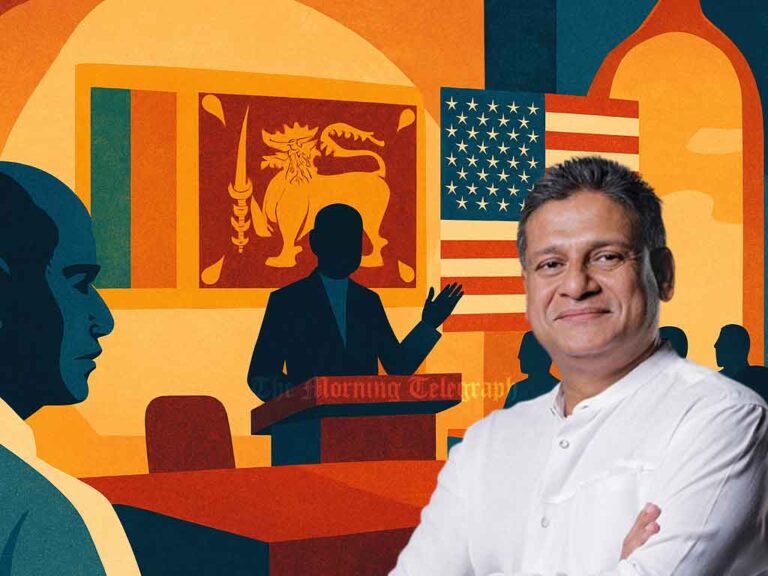
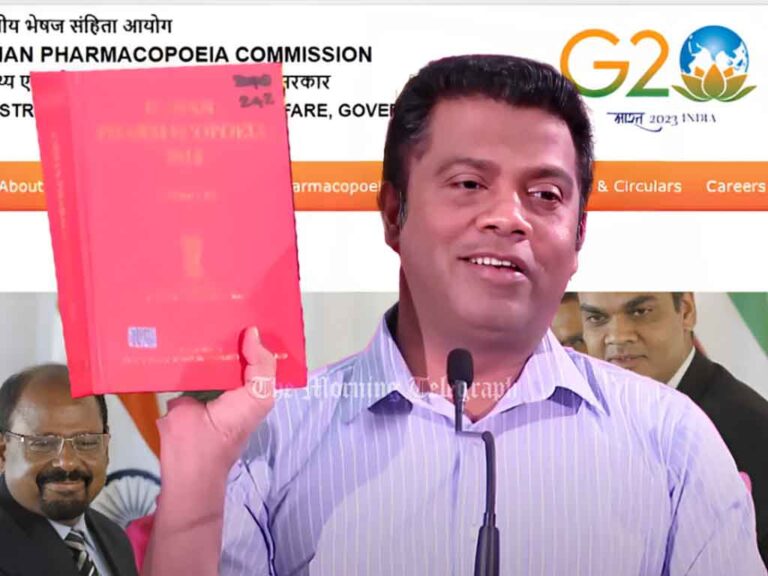
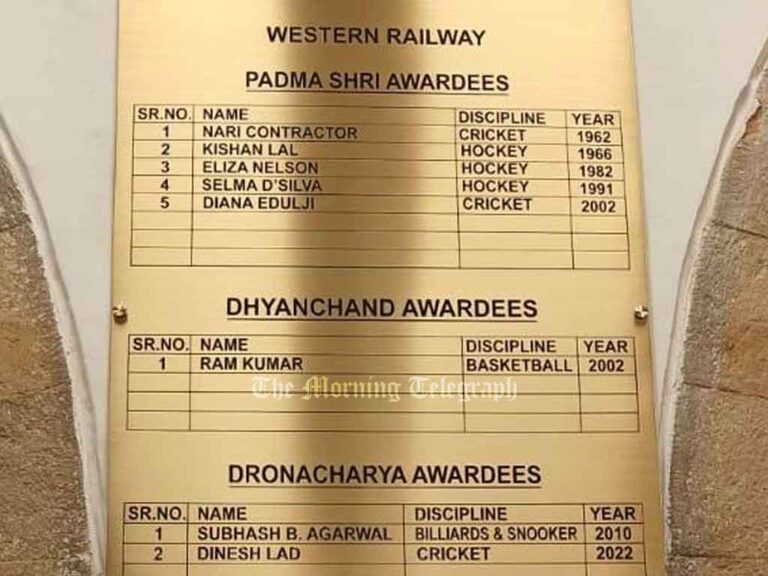
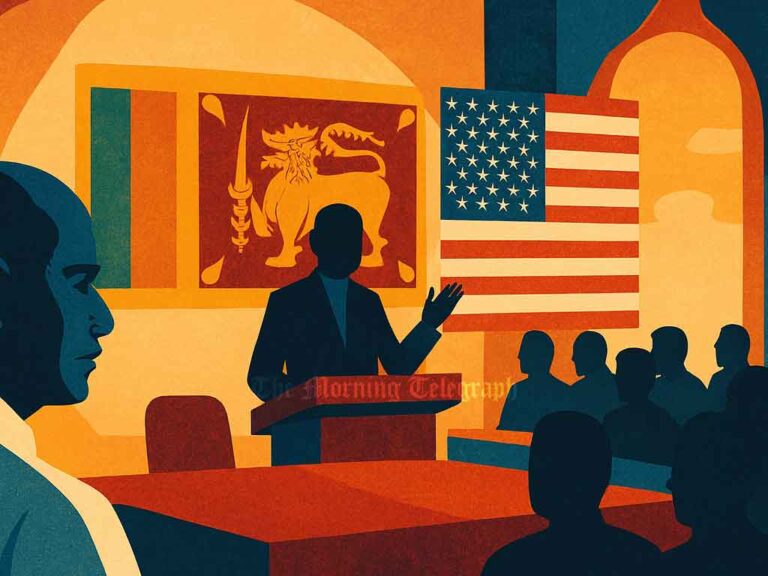
When reading this article, what ever you do wrong, it will come back to you. Also I see some names mention for doping and now they are coaches and educators. Is it right for a player one time to be suspended for doping and then become a coach and educators. Past performance should be taken in to account when positions are given. This is a laps for not having a proper system in place.
I couldn’t agree with you more !! This is a serious breach and should be taken to the highest authorities the IRB and life time bans issued to all those found guilty
The respective coaches and trainers named and the past players who has been banned and named on the article should be thrown out of then system as its a cancer to the society.
The respective schools and their management and old boys should be ashamed of this as its unsportsmanship at its best.
Winning this way doesn’t mean anything. And that championship is of no use.
Shame on the schools, and the coaches and the rugby committees who keep paying them.
Allm most all professional athlete use several kinds of crcreatinine and supplements. If they are illegal products how could these be sold in supermarkets and in many other shops around the world?? But iintroducing a band product to a player by a coach is a high criminal offense. It is same as dealing with heroin. If it has been done in any where should be punished.
DAMN SHAME ST PETERS !!! THE COACH AND THE TRAINER MUST BE STRUNG BY THEIR BALLS !!